Please spread the word among your neighbours regarding situation involving property damage along Long Branch Avenue
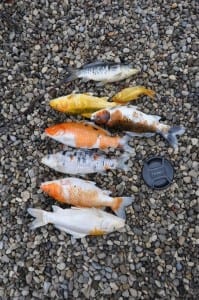
Dead goldfish from pond at back of house on west side of Long Branch Avenue. The lens cap is included to provide a sense of scale: these are large goldfish. The fish died when the pond was poisoned. The incident occurred in July 2016.
I would like to follow up on a recent post at the Long Branch Neighbourhood Watch Facebook group.
At the above-noted Facebook group, I have described instances where plants at the back, front, and sides of a house on the west side of Long Branch Avenue – between Dominion Road and Muskoka Avenue – have been damaged or destroyed through application of a noxious substance.
Property damage including a broken glass panel at the front of the house and a destroyed doorknob at a shed has also been observed.
Networking
As a result of the Facebook postings, several neighbours have become involved in discussions related to the ongoing situation. In some cases neighbours are getting to know each other for the first time.
What each of us as Long Branch residents can do, regarding such a situation, is to spread the word.
The situation involves entry to the property from a direction that avoids security cameras at the house in question.
At the post you are now reading, I’ve shared some photos documenting the damage that has occurred at the house – and, as I understand at other houses in the area – over a period of time including in October 2015 and July 2016.
Fish in a pond have been poisoned, and many garden vegetables at the back of the house such as rhubarb, corn, wild ginger, and beets have been affected along with many trees.
I have discussed with the owners possible next steps in addressing the situation.
I have suggested that, along with other steps, it would be a great idea to establish contact with the Long Branch Neighbourhood Association (currently in the process of being formed).
How can you help? You can help by spreading the word and by maintaining vigilance in the event you live in the area.
The concept behind Neighbourhood Watch is that we keep our eyes open on behalf of our community, and keep each other informed. Tremendous value in working together!
Does a nearby neighbour have a pool?
One of the discussions at the Long Branch Neighbourhood Watch Facebook group involved a question about possible other causes for damage to the plants.
Question: Jaan, do you know if a nearby neighbour has a pool? Prior to us moving into our current home [on another street to the west of Long Branch Avenue], there was a neighbour who would drain their pool water onto adjacent lots rather than toward this street. This ended up killing many plants and a tree in our backyard. Just a thought.
Jaan: I have been to the site. There are indications of stems and leaves of plants having been cut. Tree bark on many trees has been cut, and a chemical, harmful to the tree, has been inserted into the cuts.
This has been happening over a considerable period of time, as some of the cuts in the trees are still visible but have healed over. Some plants have been harmed but not destroyed; some have been destroyed.
Attempts have been made to destroy a particular tree by inserting some chemical at the point where the limbs reach out from the trunk. From my site visit, I do not see any evidence that would suggest that drainage from a neighbour’s swimming pool would account for damage that is observable.
[End of Q & A]
Has Toronto Police Service been notified?
Toronto Police Service has been notified. They have taken a report by phone, and have indicated that a surveillance photo is what TPS requires, as I understand.
We have subsequently received the following helpful information from a member of the above-noted Neighbourhood Watch Facebook group:
Toronto Police Service has consistently emphasized the importance of having officers dedicated to neighbourhoods in order to:
• build trust and strengthen community partnerships,
• aid in the understanding of the local environment,
• identify, prioritize and reduce crime and disorder, and
• assist in developing solutions to reduce crime and disorder.
Community members interested in speaking with their assigned Neighbourhood Officer(s) are encouraged to telephone the 22 Division Community Response Office at 416-808-2219.
Const. Matt Steele #10460
Const. Mario Kulina #90056
Email also works – e.g., matt.steele@torontopolice.on.ca
[End of comment at Neighbourhood Watch Facebook group]
I have passed the above-noted information, about the Community Response Office, to the owners of the house in question.
Long Branch Urban Design Guidelines Pilot Project
I learned about the recent property damage by coincidence.
I belong to the Community Advisory Group that has been set up in connection with a city initiative known as the Long Branch Urban Design Guidelines pilot project.
I have outlined the project at a previous post entitled: How to read the streets of Long Branch: Urban Design Guidelines Pilot Project is now underway.
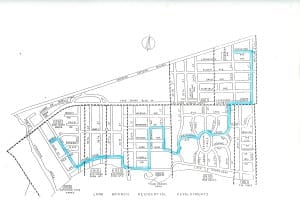
June 28, 2016 Long Branch Urban Design Guidelines Walking Tour route, superimposed on Long Branch Subdivisions map. Click on image to enlarge it.
On the right is a map on which the route of a June 28, 2016 Walking Tour, which was organized as part of the Guidelines Pilot Project. I did no attend the Walking Tour, as I was at that time not yet a member of the Advisory Group.
However, a few days after the walk I learned that, in response to an earlier request, my name had been added to the Advisory Group. I originally became interested in joining the latter group, after an email from the interim chairperson of the Long Branch Neighbourhood Association, asking if I would be attending the June 28, 2016 Walking Tour.
Since that time, I’ve made a point of walking, cycling, and driving along the route on many occasions, in order to develop my own sense of how the eight segments of the Long Branch Urban Design Guidelines Walking Tour are different from each other, and how they are similar.
At the time when I learned about the situation, that I’ve described, at a house on Long Branch Avenue, I had been spending time walking up and down Long Branch Avenue, which is part of the Guidelines Walking Tour route (that is, Long Branch Avenue between Lake Promenade and Dominion Road), closely observing and taking photographs of the streetscape.
Long Branch Neighbourhood Watch Facebook group
My interest in the Long Branch Avenue streetscape prompted one of the owners, of the house in question, to ask me one day what I was doing.
I explained, gave him by business card, and he explained what had been happening at his house. Following the conversation, I posted a couple of reports at the Long Branch Neighbourhood Watch Facebook group.
Problems and opportunities
We have a problem, as I have described, and an opportunity.
The opportunity is that in addressing the problem, we can foster stronger relationships within our community. In dealing with such a problem, we can affirm our relationship to our natural environment, and our desire to protect it.
Please contact me, in the event you have questions or information to share; you can reach me through the Preserved Stories website or by email at jpill@preservedstories.com
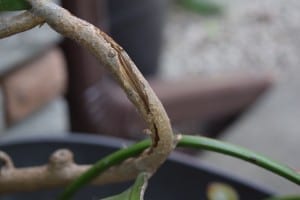
Detail from plant in previous photo, indicating where a stem has been slashed and a toxic chemical has been applied.
History of Long Branch Avenue
At a previous post, entitled History of Long Branch – Draft 4, I’ve included a Long Branch Park poster in which Long Branch Avenue is a central feature.
I was most interested to learn, in recent conversations about the history of the street, that a number of quadrangles (which is a term I’m using on a provisional basis not knowing of a better term), with laneways off of Long Branch Avenue and other streets, were located in Long Branch Park beginning in the late 1880s during the Cottage Country Paradise era when affluent summer vacationers travelled to Long Branch by boat.
You can click on each image to enlarge it
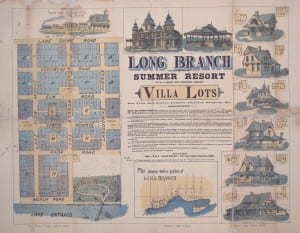
Poster of Long Branch Park development. The poster is entitled: “Long Branch Summer Resort lot no. 9, broken front concession, Etobicoke villa lots for villa residence, summer cottages, camping, etc.” Details on how to order a copy of the poster are available at a Toronto Public Library webpage entitled: “Collection Reproduction and Digitization on Demand.” The current names of streets in the area can be accessed at an archival document: Long Branch Street names – May 13, 1935.
If you click on the image of the Long Branch Park poster at the right, you can get a close-up view of the quadrangles.
It’s my understanding, and I look forward to getting definitive information about this topic, that the quadrangles were populated with trees that provided shade for horses.
Cottagers at Long Branch Park would park their horses at one of the quadrangles when they weren’t riding about on their horses or horse-drawn carriages.
In the event you can direct my attention to archival resources where such details are explained, please let me know.
When possible, I prefer to interview long-time residents about local history rather than spending many hours in archives. There is value in archival research but that is not, or has not been until now, a primary focus for me. My primary interest is in putting together evidence-based stories, and often the stories based on interviews tend to be of more interest to people, in my experience, than recitations of facts based upon archival research. This is something that I learned many years ago, when I was working as a freelance writer.
Please let me know, in the event you may have information, perhaps passed down from family members or other sources, which would enable me to learn more about the above-noted quadrangles and details of the purposes for which they were designed. I have interviewed many long-time Long Branch residents over the years (whether they were still living in Long Branch or have moved away) and am keen to continue such interviews.

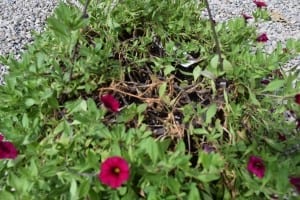
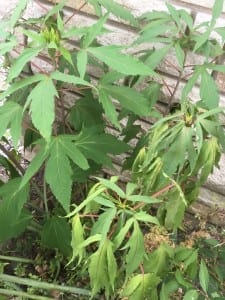
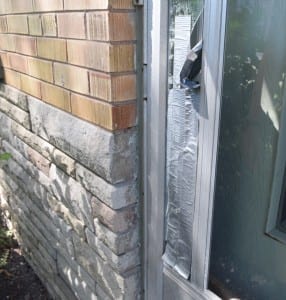
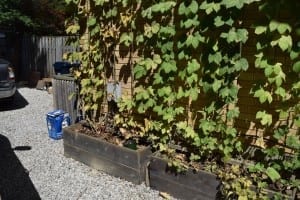
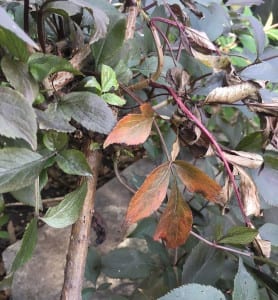
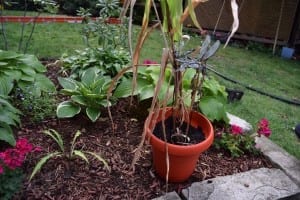
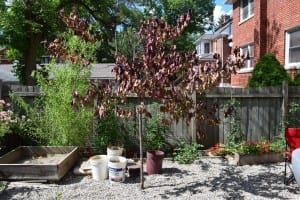
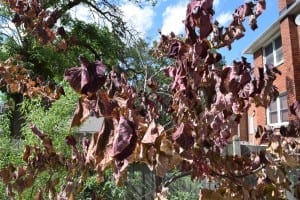

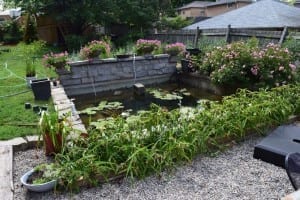
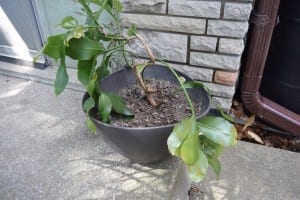
One can add:
Motivation: The motivation, that drives the behaviour that has been described, is a topic of interest. One can speculate. No matter what the motivation, my sense is that the key thing is to mobilize available resources, to ensure that the situation does not continue.
One can also add:
There is value in thinking about the situation, from varied angles. My own preference is to focus not so much on the problem (in this case the destruction of plants and property); rather, I like to think in terms of: What is the solution to the problem? That’s my own preference. I also like to take an evidence-based approach to things. If I don’t have evidence regarding a given state of affairs, I prefer to avoid speculation, as it tends to lead nowhere. That’s my own take, regarding the situation at hand.
Quadrangles on 1880s Long Branch Park map: I have been most interested to recently learn that even these many years later a local resident, or a real estate agent, can point out where a specific laneway used to exist, and where a specific quadrangle (e.g. Quadrangle “L”) for horses used to exist in the area of Long Branch Avenue and nearby streets.
The local awareness of traces of these key geographical features of Long Branch Park is from my perspective – as a person with an interest in an evidence-based approach to local history – astounding, remarkable, and inspiring.
Such information is part of the local heritage of Long Branch.
Click on the following image to enlarge it; click again to enlarge it further
The archival document (see link above) dated May 13, 1935 detailing changes in street names notes, among other names, that Edgewood Road is now Marina Avenue; Elm Road is now Dominion Road; and Arbour Reserve is now Muskoka Avenue.